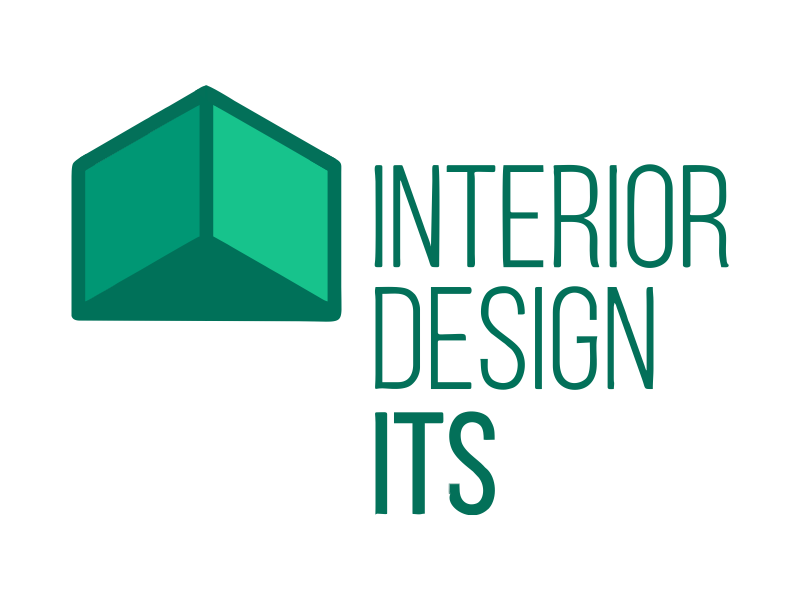Perancangan Interior Kantor Pusat PT Pelindo 3 (Persero) dengan Penerapan Konsep Seni Nusantara untuk Peningkatan Efisiensi dan Produktifitas Kerja
Abstract
Peningkatan efisiensi dan produktivitas kerja adalah kebutuhan setiap perusahaan, tak terkecuali PTPelindo 3 (Persero). Tantangan kerja yang semakin besar membutuhkan penyeimbang agar seluruh karyawan dapat mengoptimalkan diri dengan resiko stress yang lebih rendah. Desain interior kantor yang mengakomodasi kebutuhan kerja kantor modern dan menerapkan konsep seni dapat menjadi solusi permasalahan tersebut. Penerapan seni diharapkan menyentuh sisi emosi sehingga memberikan efek relaksasi.
Metode perancangan menggunakan pendekatan user oriented dengan karyawan dari jajaran staf kerja hingga tingkatan senior manajer PTPelindo 3 (Persero) sebagai user perancangan desain interior. Penggalian data desain dilakukan dengan cara wawancara dan pengamatan lapangan langsung. Data yang didapatkan diolah dan dijadikan pertimbangan pada proses desain yang dilaporkan secara berkala. Hasil perancangan selanjutnya di-review menggunakan literatur-literatur ilmiah terkait untuk mengukur tingkat keberhasilan perancangan.
Dari hasil pengumpulan data pra-desain didapatkan masalah utama perancangan adalah layout yang belum sesuai alur kerja, kebutuhan penyimpanan berkas, pengembangan kantor dan elemen estetika. Perancangan interior kantor difokuskan pada penyelesain masalah utama tersebut. Hasil perancangan adalah perbaikan layout, desain area kerja dan penyimpanan pada area kerja staf. Selain itu diberikan tambahan ruang baru sesuai kebutuhan terkini perusahaan dan pemberian elemen seni rupa pada banyak bagian interior kantor. Elemen seni rupa dipilih untuk diterapkan pada interior dengan pertimbangan efek visual dapat dengan mudah diapresiasi oleh seluruh tingkat karyawan perusahaan.
ABSTRACT
Increased efficiency and productivity of work are the needs of every company, not least PT. Pelindo 3 (Persero). The greater challenge of working that require a counterweight so that all employees can optimize itself with a lower risk of stress. Office interior design that accommodates the needs of modern office work and apply the concept of art can be a solution to these problems. Implementation is expected to touch the emotional side of art so as to provide a relaxing effect.
The design method uses user oriented approach with employees from the ranks of the working staff up to senior level managers PT.Pelindo 3 (Persero) as the user of the interior design. Excavation of design data by interview and direct field observations. The data obtained were processed and taken into consideration in the design process are reported regularly. The next design results were reviewed using relevant scientific literature to measure the success rate design.
From the results of pre-designed data collection obtained main problem is the layout design that does not meet the workflow, file storage needs, the development of office and aesthetic elements. Interior design office focused on completion of the main problems. The results of the design is an improved layout, design work and storage areas on the staff work area. Additionally provided additional new space according the company's current needs and providing elements of art in many parts of the interior of the office. Elements of art have to be applied to the interior with consideration of visual effects can be easily appreciated by all levels of employees.
Keywords : Art, Efficiency, Office
Keywords
Full Text:
PDFReferences
De Chiara, Joseph. (1992). Time-Saver Standards for Interior Design and Space Planning. Singapore: Mc Graw-Hill, Inc.
Gie, The Liang. (2007). Administrasi Perkantoran Modern. Yogyakarta: Liberty Yogyakarta.
Laurens, Joyce Marcella. (2005). Arsitektur dan Perilaku Manusia. Jakarta: PT. Grasindo.
Neufert, Ernst. (1980). Architects’ Data. New York: John Wiley & Sons.
Sukoco, Badri Munir. (2006). Manajemen Administrasi Perkantoran Modern. Jakarta: Erlangga.
Wylie, Harry L. (1958). Office Management Handbook. New York: Ronald Press.
DOI: http://dx.doi.org/10.12962%2Fj12345678.v1i1.1472
Refbacks
- There are currently no refbacks.

Jurnal Desain Interior by Lembaga Penelitian dan Pengabdian kepada Masyarakat, ITS is is licensed under a Creative Commons Attribution-ShareAlike 4.0 International License.
Based on a work at https://iptek.its.ac.id/index.php/jdi


